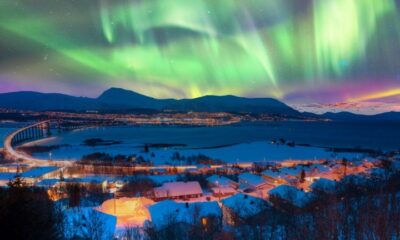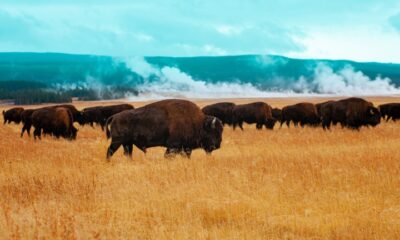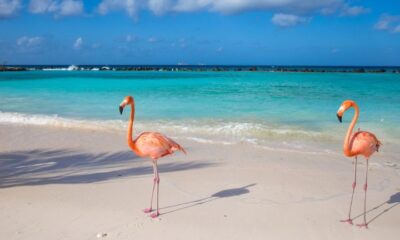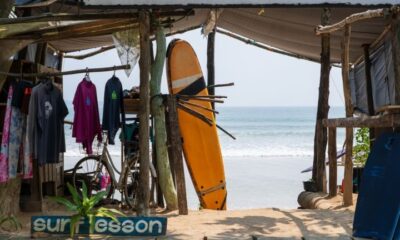
Shutterstock
Surfing is a sport that challenges not only physical endurance but also mental fortitude, especially when facing the world’s most dangerous waves. While many surfers thrive on the thrill of riding big waves, there are certain spots where even the most seasoned professionals tread with caution. These waves are known for their sheer power, unpredictability, and the extreme conditions that accompany them. From towering giants that crash with ferocity to unpredictable swells that break over shallow reefs, these waves push the limits of what a surfer can endure. Join us as we explore mammoth waves that even the bravest surfers fear, and discover why these natural wonders command such respect.
Teahupo’o, Tahiti
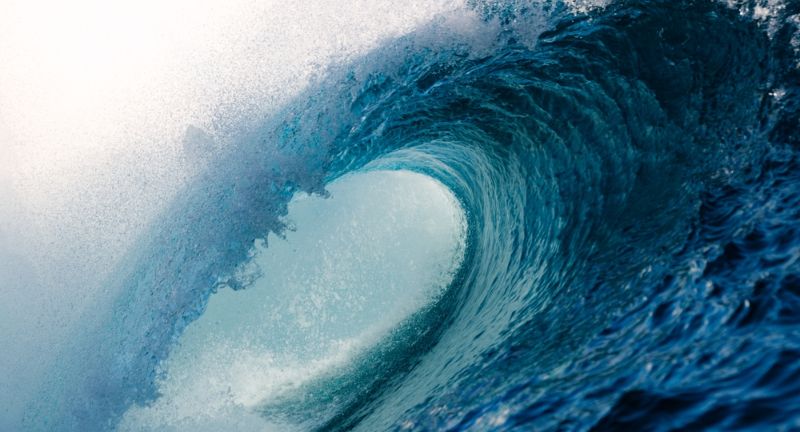
Shutterstock
Teahupo’o, located in Tahiti, is often referred to as the “heaviest wave in the world.” The wave is famous for its thick, glassy, and barreling shape that crashes over a shallow and sharp coral reef. The combination of the wave’s power and the razor-sharp reef below makes it one of the most dangerous waves surfers can encounter. A wipeout here can lead to severe injuries, making it a wave that even the most experienced surfers fear.
Pipeline, Hawaii

Shutterstock
Pipeline, situated on Oahu’s North Shore, is one of the most famous waves in the world, but it’s also among the deadliest. The wave’s perfect barrel shape entices surfers, but its power and the shallow reef it breaks over make it incredibly dangerous. Many surfers have suffered serious injuries here due to the wave’s force and the reef’s proximity. Despite its allure, Pipeline is a wave that commands respect from even the most seasoned professionals.
Mavericks, California
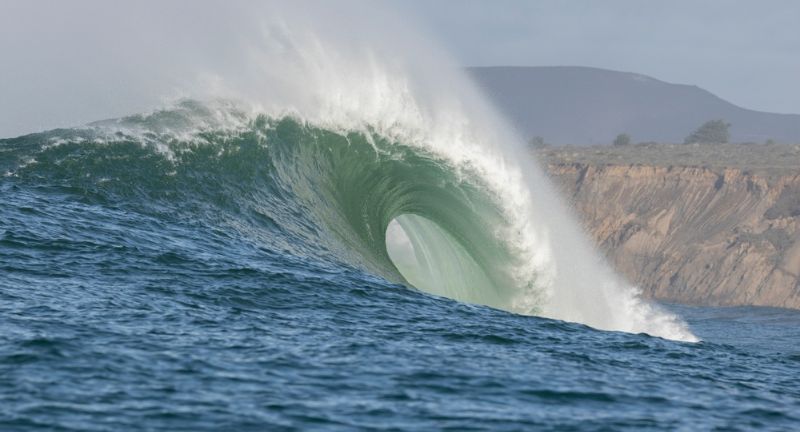
Shutterstock
Mavericks, located off the coast of Northern California, is renowned for its enormous waves that can reach up to 60 feet. The wave is known for its cold water, strong currents, and jagged underwater terrain, all of which add to the danger. Mavericks has claimed the lives of even the most experienced surfers, making it a place where skill and caution are equally important. The raw power of these waves makes it one of the most feared surfing spots in the world.
Jaws (Peahi), Hawaii

Shutterstock
Jaws, also known as Peahi, is synonymous with big wave surfing and is located on the north shore of Maui, Hawaii. The waves here can reach staggering heights of up to 70 feet, moving at incredible speeds that challenge even the most skilled surfers. The wave’s sheer size and speed, coupled with the force of the water, make it a terrifying experience. Jaws is not just about riding big waves; it’s about surviving them.
Nazaré, Portugal
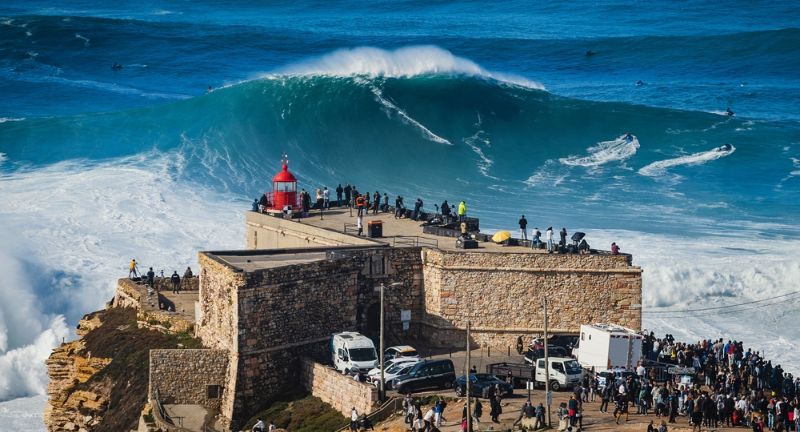
Shutterstock
Nazaré, Portugal, has become famous for producing some of the largest waves ever surfed, with waves towering over 80 feet. The massive size and speed of these waves are amplified by an underwater canyon that funnels the ocean’s energy directly towards the shore. This makes the waves incredibly powerful and highly unpredictable, a combination that has led to some of the most dramatic and dangerous surfing moments in history. Even the most experienced big wave surfers approach Nazaré with a deep sense of respect and caution.
Shipstern Bluff, Tasmania
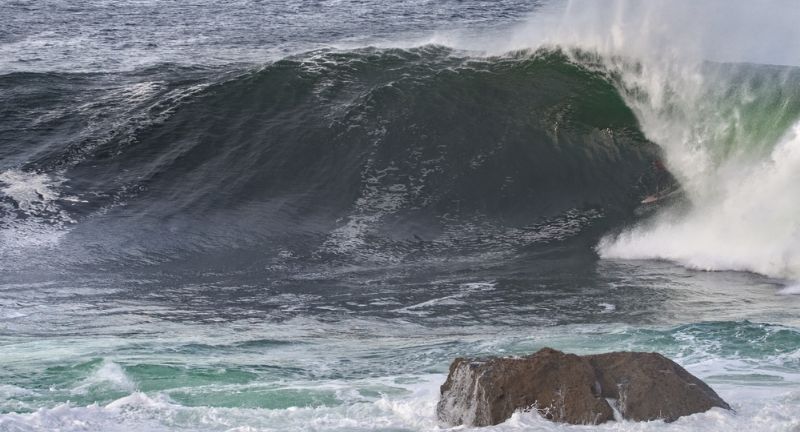
Shutterstock
Shipstern Bluff, located off the coast of Tasmania, is infamous for its unique step-like formation as it breaks over a reef. These “steps” can appear suddenly, making the wave highly unpredictable and difficult to ride. The remote location, combined with cold water and the powerful wave itself, creates an environment that tests the limits of even the most experienced surfers. A wipeout here isn’t just dangerous—it’s potentially life-threatening.
Dungeons, South Africa
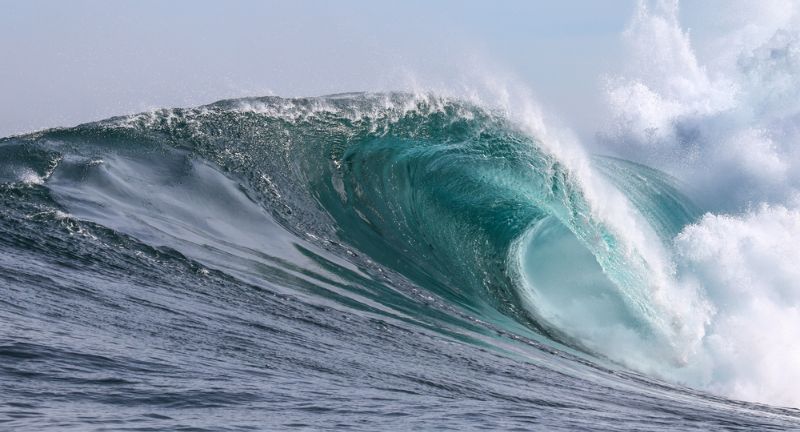
Shutterstock
Dungeons, located near Cape Town, South Africa, is known for its massive, cold-water waves that can reach up to 60 feet. The wave breaks over a deep reef, creating powerful swells that challenge even the most seasoned surfers. The area is also known for its high concentration of sharks, adding an extra layer of danger to an already treacherous wave. Surfers who take on Dungeons must be prepared for the full force of nature.
Ghost Trees, California
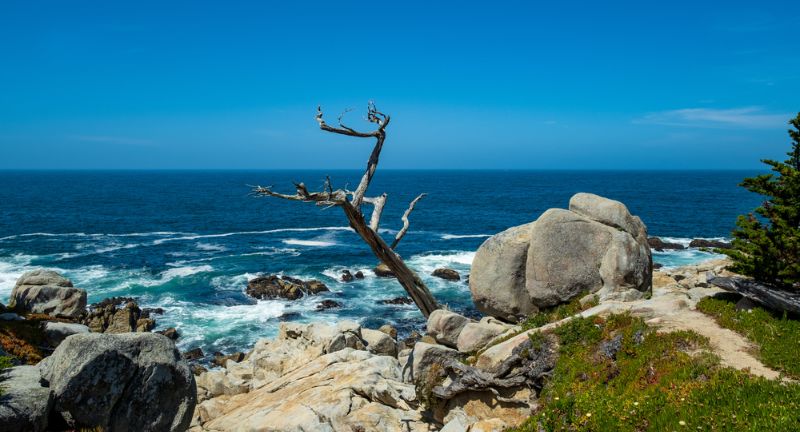
Shutterstock
Ghost Trees, located near Pebble Beach, California, is known for its towering waves that break close to shore. The wave is highly unpredictable, with cold water and thick kelp beds adding to the danger. Surfers who take on Ghost Trees face not only the power of the wave but also the risk of being caught in the kelp, which can drag them under. This combination makes Ghost Trees one of the most feared waves on the West Coast.
Todos Santos, Mexico
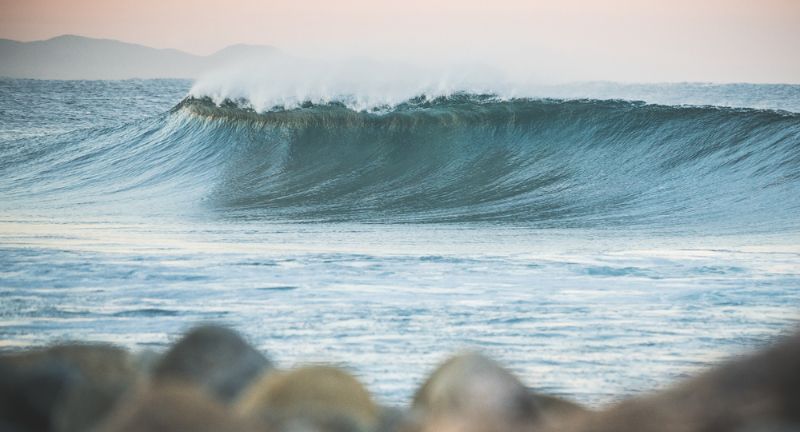
Shutterstock
Todos Santos, a big wave spot off the coast of Baja California, Mexico, is famous for its powerful waves that can reach up to 60 feet. The deep-water breaks create massive swells that challenge even the most experienced surfers. The remote location and the sheer size of the waves make it a spot that requires both skill and bravery. Surfers who venture to Todos Santos must be prepared to face one of the ocean’s most formidable challenges.
The Right, Western Australia
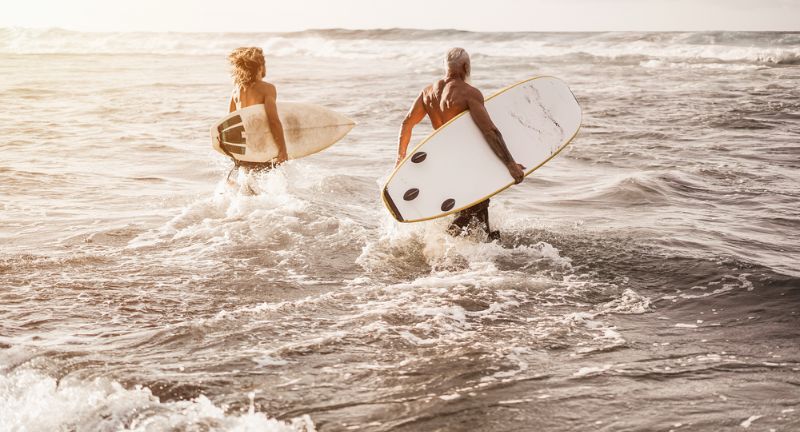
Shutterstock
The Right, located in Western Australia, is known for its massive, hollow barrels that break over a shallow reef. The wave’s ferocity is matched only by its remoteness, making it one of the most challenging and dangerous waves in the world. The constant threat of sharks in the area adds to the risks that surfers face when taking on this wave. Only the most skilled and fearless surfers dare to ride The Right.
Ours, Australia
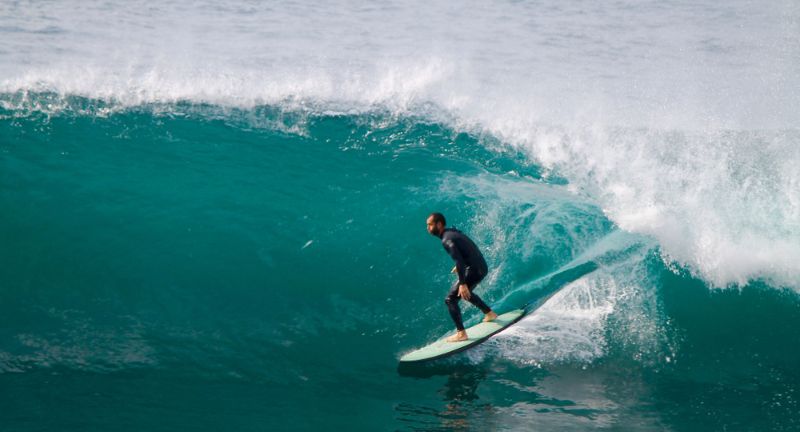
Shutterstock
Ours is a heavy slab wave located near Sydney, Australia, known for breaking dangerously close to a rocky ledge. The wave’s proximity to the rocks means that any mistake can result in serious injury, making it one of the most feared waves in Australia. The wave’s power and the need for precise timing make it a challenge even for the most experienced surfers. Ours is a wave that demands respect and absolute focus from those who dare to ride it.
Waimea Bay, Hawaii
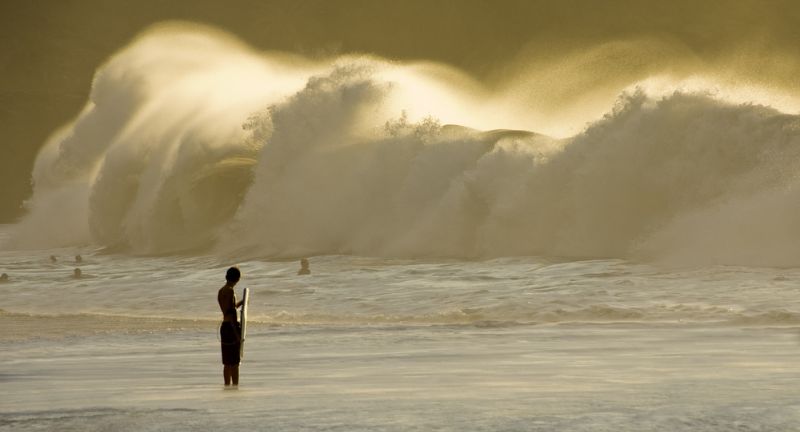
Shutterstock
Waimea Bay, located on the North Shore of Oahu, Hawaii, is one of the original big wave surfing spots. The waves here can reach heights of up to 50 feet, breaking with tremendous force close to shore. The power and speed of the waves at Waimea make it a significant challenge for even the most experienced surfers. It’s a place where skill and respect for the ocean are essential, as the consequences of a wipeout can be severe.
Sunset Beach, Hawaii
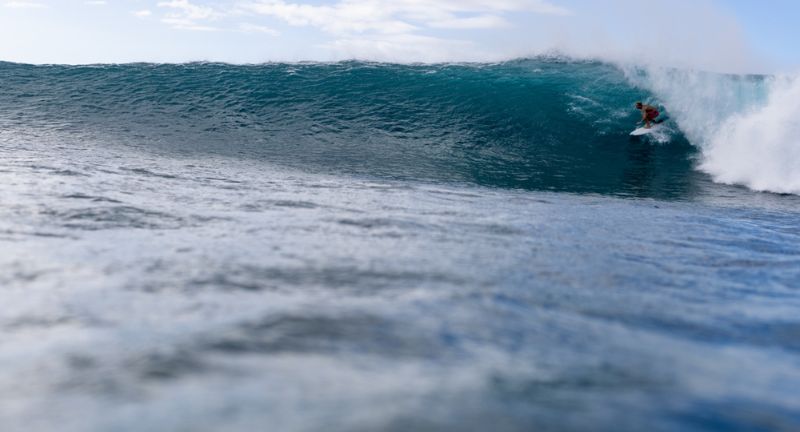
Shutterstock
Sunset Beach, also located on Oahu’s North Shore, is notorious for its unpredictable and shifting waves. The wave can change shape quickly, making it difficult to read and even harder to ride. Surfers at Sunset Beach must be prepared for anything, as the powerful currents and shallow reef add to the challenge. It’s a wave that tests a surfer’s ability to adapt and react to the ocean’s ever-changing conditions.
Tamarama, Australia
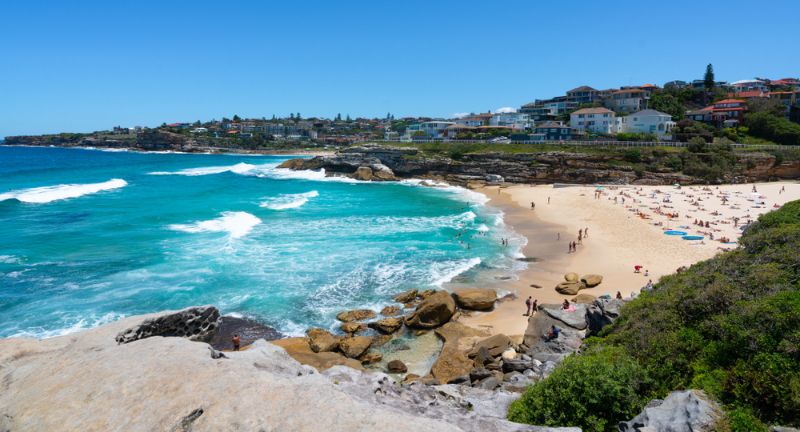
Shutterstock
Tamarama, also known as “Glamarama,” is a beach break in Sydney, Australia, that produces powerful, hollow waves. The wave breaks close to shore, making it a challenging spot for surfers who must contend with strong rips and currents. The fast and heavy nature of the waves at Tamarama means that there’s little room for error, and a wipeout can have serious consequences. It’s a spot that demands both skill and respect from those who surf it.
Puerto Escondido, Mexico
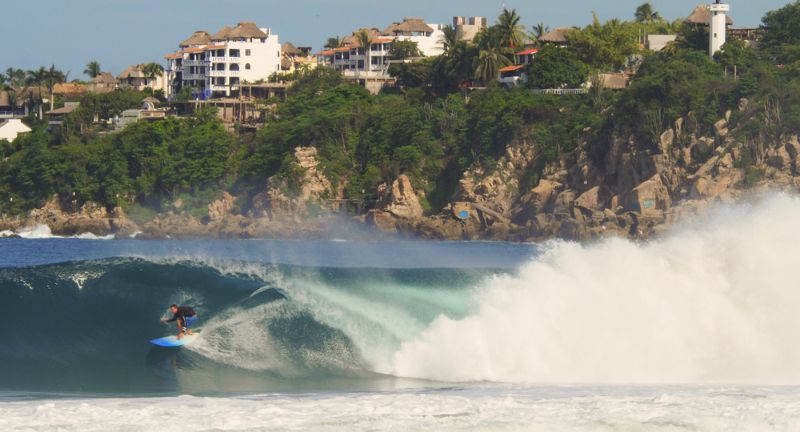
Shutterstock
Puerto Escondido, often called the “Mexican Pipeline,” is known for its powerful, hollow beach break waves that can reach up to 40 feet. The heavy, fast-moving water makes it a challenge even for the most experienced surfers, as the waves break with tremendous force. The wave’s proximity to shore means that a wipeout can result in serious injury, making it one of the most dangerous surf spots in Mexico. Surfers who take on Puerto Escondido must be prepared for both the thrill and the risks that come with riding such powerful waves.
Outer Banks, North Carolina
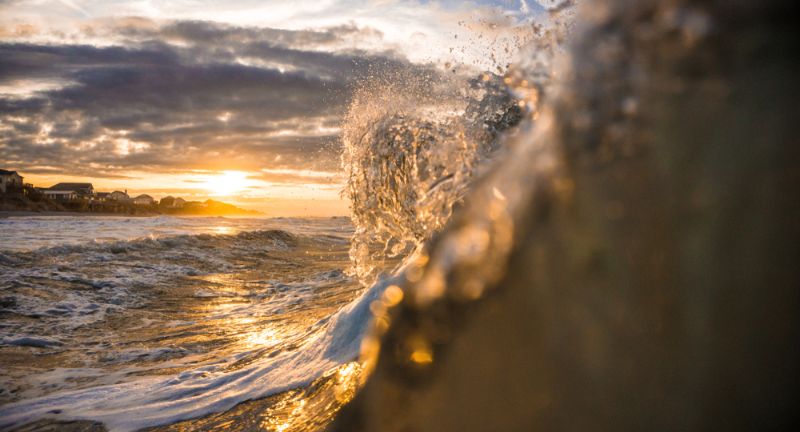
Shutterstock
The Outer Banks in North Carolina is known for its shifting sandbars and powerful, unpredictable waves. The waves here can change rapidly, with strong currents and fast-moving water creating a challenging environment for surfers. The area’s unique geography means that conditions can vary greatly from day to day, making it a difficult and often dangerous spot to surf. Surfers who brave the Outer Banks must be ready for anything the ocean throws their way.
Conclusion
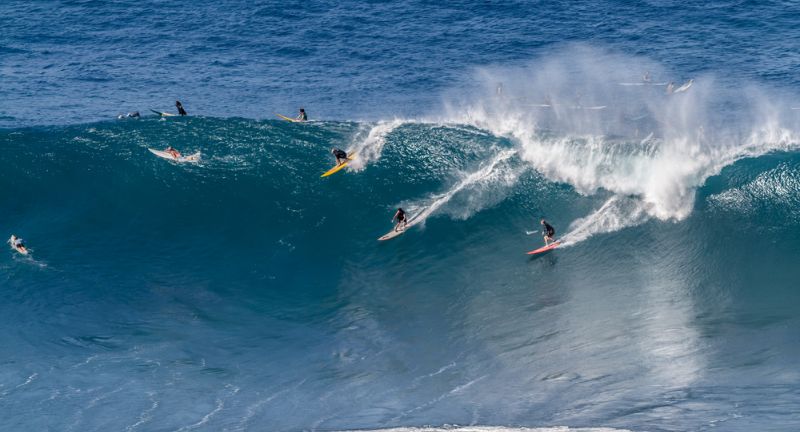
Shutterstock
As thrilling as surfing these monstrous waves can be, they serve as a powerful reminder of nature’s unpredictability and strength. Even the most skilled surfers must approach these waves with a mix of respect, caution, and awe. While the challenge of conquering such formidable forces is what draws many to these spots, it’s the sheer danger that keeps them coming back. For those brave enough to take on these waves, the reward is not just in the ride, but in the survival. These waves stand as a testament to the raw, untamed beauty of the ocean and the indomitable spirit of those who dare to ride them.




















